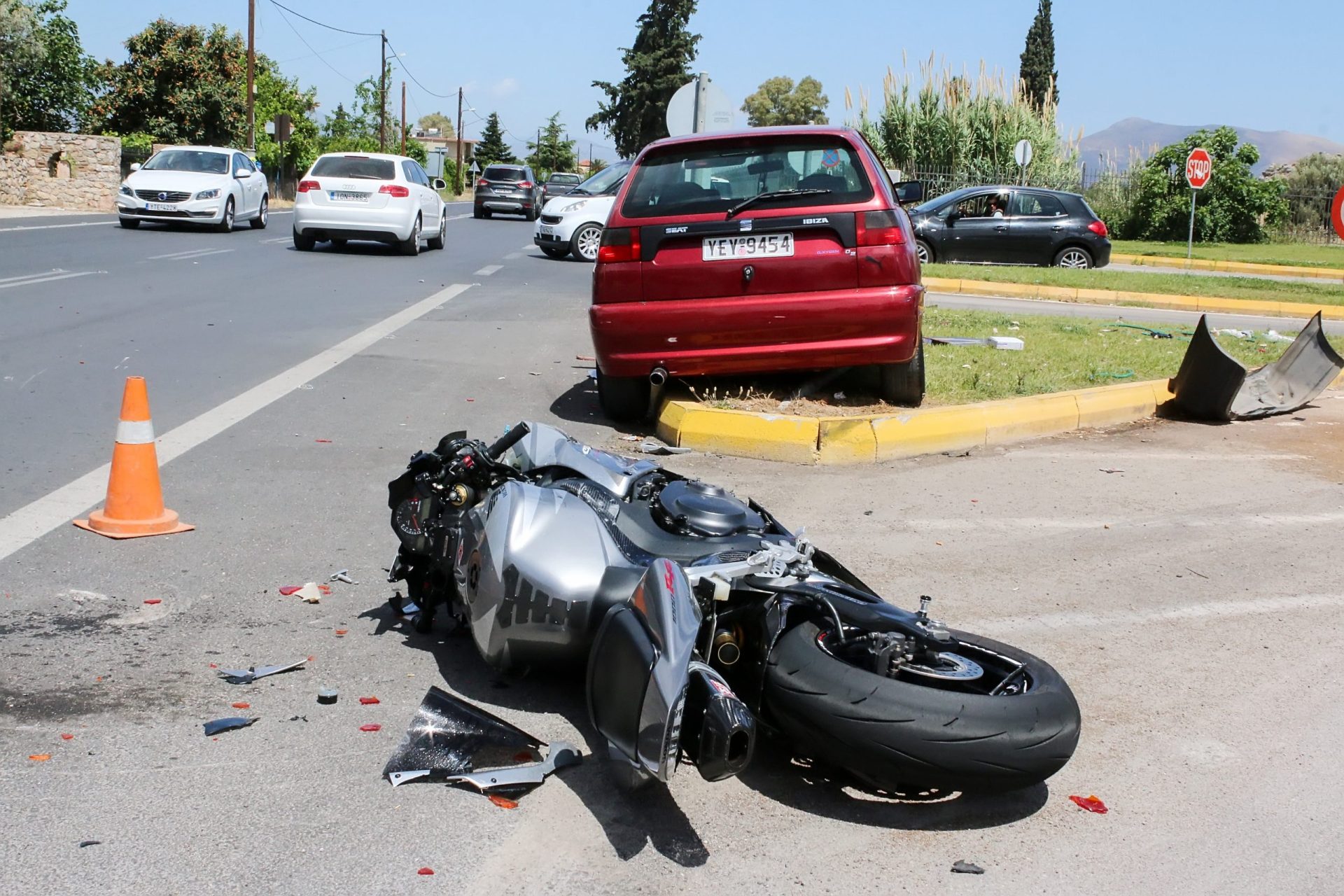Lane splitting is riding a motorcycle or bicycle between lanes or rows of traffic moving in the same direction. It is sometimes known as white lining or stripe-riding. This happens when a rider is in slow-moving or stopped traffic. While it may seem like lane splitting is a practice that simply allows an impatient motorcyclist or bicyclist to get where there are going faster, some argue that the practice is safer than riding in stop-and-go or very slow traffic. This is a controversial position, however.
Lane splitting, when defined as a cyclist riding on the line in between two lanes or rows of traffic, is illegal in Colorado, as it is in most U.S. states. It is legal, however, for two motorcycles to share one lane in Colorado. It is not legal for a motorcycle to share a lane with a car or truck.
Is Lane Splitting Really Safer?
While lane splitting has fans who claim that it increases safety for motorcyclists, Consumer Reports found through research that those claims may be exaggerated. In the study, about half of California motorcyclists who practice lane splitting reported coming close to hitting a car while lane splitting. In a related study in 2015 by U.C. Berkeley, the data showed that the chances of personal injury increased as the difference in speed between motorcycles and cars increased. Because motorcyclists who practice lane splitting are usually going 10-15 miles per hour faster than the surrounding traffic, it is likely that lane splitting actually increases the chance of personal injury, rather than decreasing it.
What is the Penalty for Lane Splitting in Colorado?
Motorcycle riders who are cited for lane splitting in Colorado are charged with a Class A traffic infraction, which is punishable by a fine. These fines can range from about $15 to $100. The rider can also get points on their driving record.
There is a lively movement in Colorado to legalize lane splitting for motorcycles, and the practice becomes more common as traffic jams worsen. For now, however, the practice remains illegal.
Are There Other Laws in Colorado Pertaining Specifically to Motorcycles?
While motorcycles must abide by all regular traffic laws, there are a few Colorado laws that pertain strictly to motorcycles. While helmets are not required here, some form of eye protection is legally required. This can be in the form of a helmet with a visor or goggles or eyeglasses with lenses made from safety glass or plastic. Passengers on motorcycles in Colorado must ride behind or beside the driver (in a sidecar), not in front of the driver, and footrests must be both provided for and utilized by passengers. Finally, a motorcycle rider is not allowed to attach the motorcycle to another vehicle or grab onto another vehicle (clinging or towing). For questions about motorcycle laws in Colorado, call our office today to speak to one of our attorneys.




